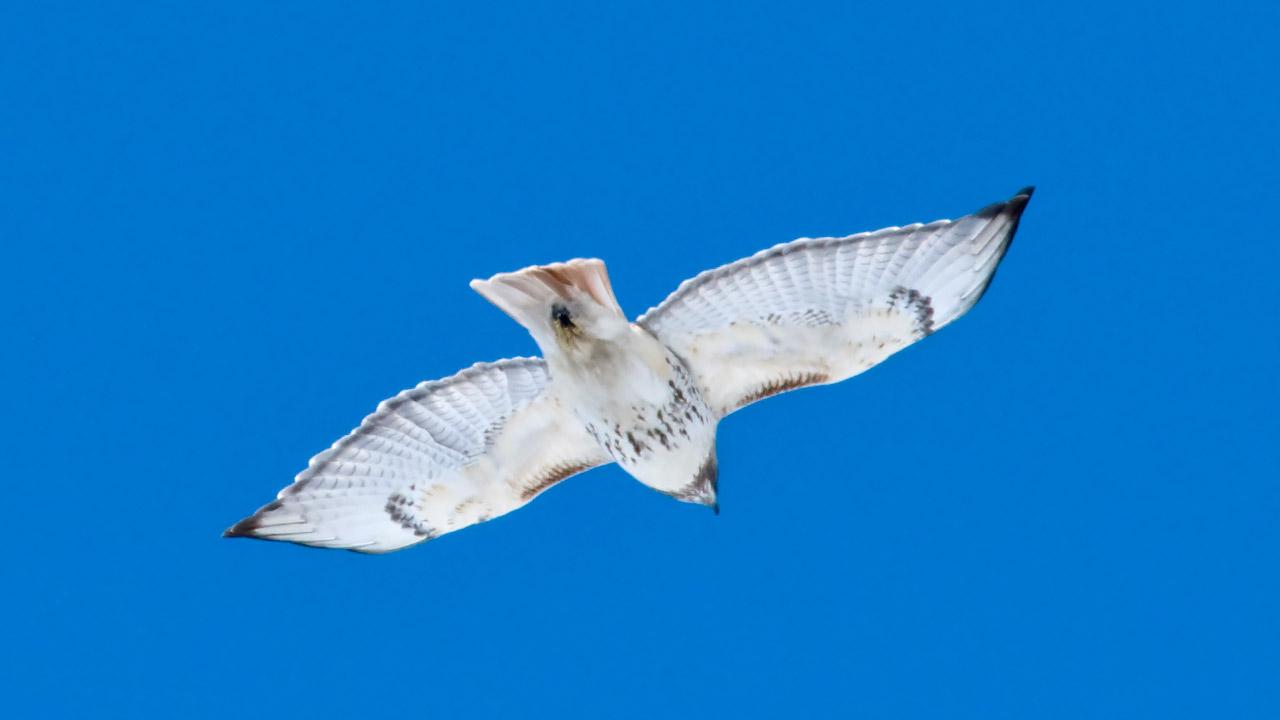

Birding
at the Garden
Attracting birds to the winter garden
Q. I would like to attract birds to my garden this winter – any suggestions?
A. When attempting to attract birds to your garden, it is important to know what species are in your area as well as their food preferences and feeding habits. For example, some birds such as mourning doves are ground feeders while others such as the cardinal (Illinois state bird) visit feeders. Be sure to check local ordinances before feeding birds on the ground; ground feeding may be prohibited in some municipalities because it attracts other unwanted animals.
Regularly stocking your bird feeders with favorite foods will increase the chances that birds will continually visit your garden. Safflower seed, sunflower hearts, and millet are preferred by many species of birds including cardinals, chickadees, and nuthatches. Suet cakes, especially popular in winter, are comprised of seed, nuts, and fat products. They are a high-energy food and very attractive to various species. Be sure to keep suet cakes cold or they may become rancid.
Water is essential to birds in the winter. Placing water basins in sunny locations will often keep the water from freezing. Commercial water heaters designed for birdbaths can be used to keep water open.
It is important to thoroughly clean and dry bird feeders, houses, and water basins on a regular basis to prevent the spread of bacteria and keep birds healthy. Use hot soapy water to wash feeders, houses, or basins and rinse thoroughly with clean water. Occasionally, a solution of one part bleach to nine parts water can be used for washing.
Winter is the perfect time to plan next season’s landscape with plants that will invite birds to your garden all year long. Seed-producing plants such as ornamental grasses, black-eyed Susans, and sunflowers are appealing to birds throughout the year. Fruits and nuts from trees and shrubs such as crabapples, serviceberries, and dogwoods are considered delicacies. Perennial plants that produce nectar, such as bleeding hearts and cardinal flowers attract hummingbirds and orioles.
Birds need shelter year-round to protect them from predators, provide roosting and nesting areas, and to guard them from cold, wind, rain, and snow. Shelter can be either birdhouses or landscaping. For example, cone-bearing evergreens such as spruce and pine may be used for both food and shelter.
For more information on birds in the landscape, please visit the Chicago Botanic Garden’s Lenhardt Library in the Regenstein Center.

